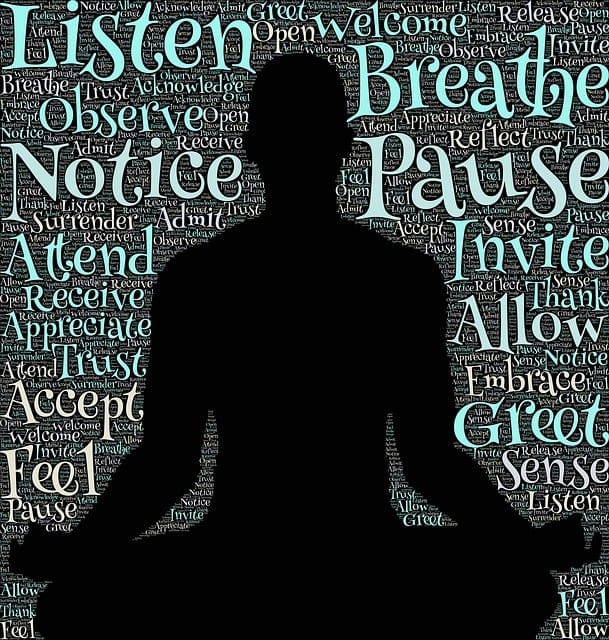Coherent Breathing
In the quest for stress reduction and improved well-being, the rhythm of our breath plays a pivotal role. Coherent breathing, also known as resonant frequency breathing, is a technique that involves breathing at a rate of approximately five to six breaths per minute. This specific breathing rate has been shown to optimize heart rate variability (HRV) and promote a state of physiological coherence, leading to numerous health benefits.
What is Coherent Breathing?
Coherent breathing is a technique that involves breathing at a rate of approximately five to six breaths per minute, which translates to roughly 10-12 seconds per breath. This specific breathing rate has been shown to synchronize the heart, lungs, and brain, creating a state of physiological coherence.
Coherent breathing works by stimulating the vagus nerve, which is a major component of the parasympathetic nervous system. This stimulation helps to:
Increase heart rate variability (HRV): HRV is a measure of the variation in time between heartbeats. Higher HRV is associated with better cardiovascular health, greater resilience to stress, and improved overall well-being.
Reduce stress and anxiety: By activating the parasympathetic nervous system, coherent breathing can help to reduce feelings of stress and anxiety.
Lower blood pressure: Slow, deep breathing can help to lower blood pressure.
Improve mood: Coherent breathing can help to boost your mood and reduce feelings of depression.
Enhance cognitive function: Coherent breathing has been shown to improve attention, memory, and other cognitive functions.
Promote emotional regulation: Coherent breathing can help you to better manage your emotions and react more calmly to stressful situations.
How to Practice Coherent Breathing
Find a comfortable position: You can sit, stand, or lie down. Ensure your spine is relatively straight.
Focus on your breath: Bring your attention to your breath, noticing the sensation of your breath entering and leaving your body.
Inhale slowly: Inhale slowly and deeply through your nose for a count of five to six seconds. Focus on filling your lungs completely.
Exhale slowly: Exhale slowly and completely through your mouth for a count of five to six seconds.
Continue: Continue breathing at this rate for several minutes, focusing on the rhythm of your breath.
Use a timer or app: If you find it difficult to maintain the correct breathing rate, you can use a timer or app to guide you.
Tips for Effective Coherent Breathing
Be patient: It may take some practice to get the hang of coherent breathing. Don’t get discouraged if you don’t feel immediately relaxed. Keep practicing, and you’ll gradually become more proficient.
Find your rhythm: The five- to six-second count is a guideline, but feel free to adjust the numbers to find a rhythm that feels comfortable and natural for you.
Use visual aids: Imagine your breath flowing in and out like a wave.
Combine with other relaxation techniques: Enhance the effects of coherent breathing by pairing it with other relaxation methods like aromatherapy or listening to calming music.
Practice regularly: Consistency is key to experiencing the benefits of coherent breathing. Aim to practice daily, even when you’re not feeling particularly stressed.
Benefits of Coherent Breathing
The benefits of coherent breathing are numerous and well-documented. Regular practice can:
Reduce stress and anxiety: Coherent breathing helps to calm the mind and reduce the body’s stress response.
Improve heart rate variability (HRV): Coherent breathing can help to increase HRV, which is associated with better cardiovascular health and greater resilience to stress.
Lower blood pressure: Slow, deep breathing can help to lower blood pressure.
Improve mood: Coherent breathing can help to boost your mood and reduce feelings of depression.
Enhance cognitive function: Coherent breathing has been shown to improve attention, memory, and other cognitive functions.
Promote emotional regulation: Coherent breathing can help you to better manage your emotions and react more calmly to stressful situations.
Improve sleep quality: Practicing coherent breathing before bed can promote relaxation and improve sleep quality.
Incorporating Coherent Breathing into Your Life
Coherent breathing can be seamlessly integrated into your daily routine. Try practicing it:
During your commute: Turn your commute into a mini-meditation session by focusing on your breath.
Before a meeting: Calm your nerves before a stressful meeting by practicing coherent breathing for a few minutes.
When feeling overwhelmed: Take a break from your work or chores and practice coherent breathing to regain composure.
Before bed: Relax your mind and body before sleep by practicing coherent breathing in bed.
Coherent breathing is a readily available, cost-free tool for managing stress and improving overall well-being. By incorporating this simple technique into your daily life, you can take control of your stress levels, optimize your heart rate variability, and cultivate a greater sense of calm and peace.







